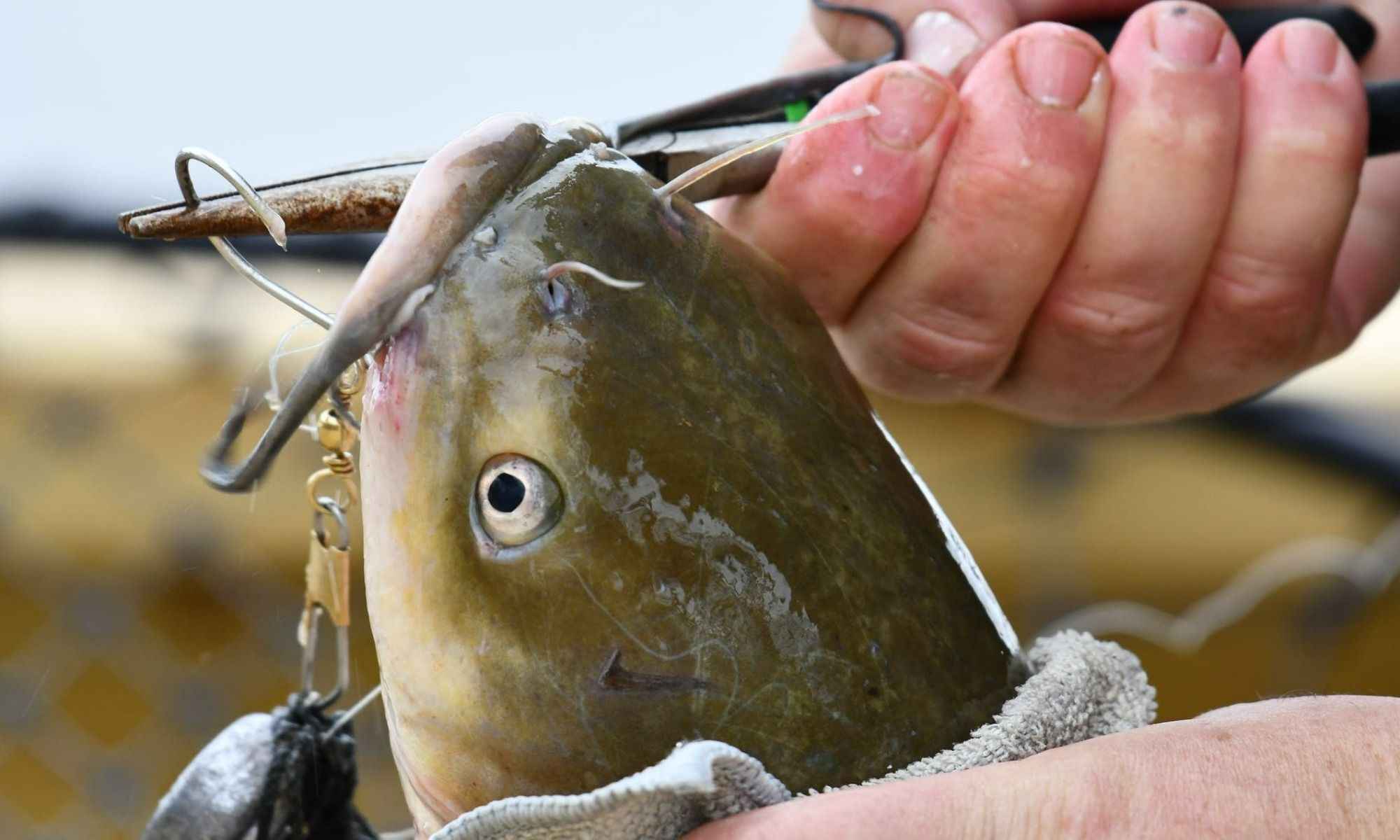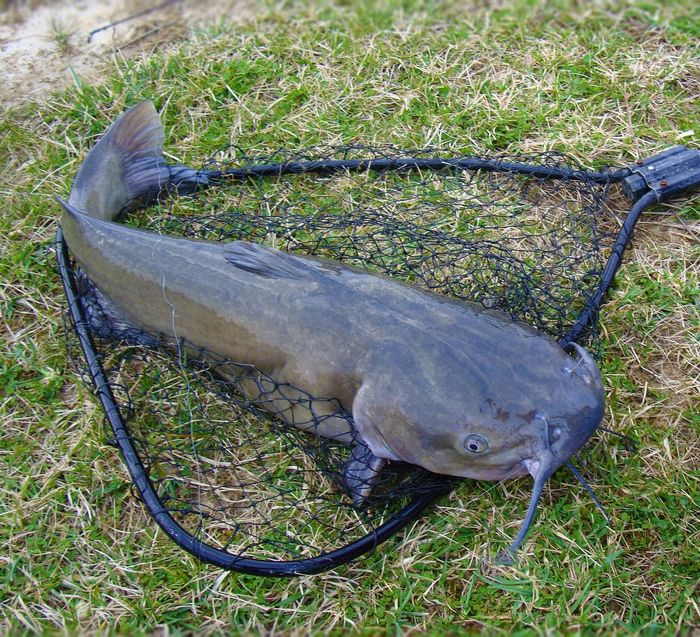Catfish Fishing: How to Safely Hold Catfish
Catfish fishing is a challenge that often results in a large catch. Learn how to hold your catfish before you begin reeling them in safely.

Whether you’re a beginner or experienced angler, you might have heard people telling you to be careful when holding a catfish. And all this time, you might be wondering why. When catching any fish, their instincts compel them to resist, flop around, and kick to try and escape the capture. In the process, the fish may hurt themselves and you, too.
Why are Catfish Dangerous?
Catfish fins, also known as “spines,” are sharp. These can puncture and hurt you. Their dorsal fins are pointy and sharp, from its anterior edge, just like their two pectoral fins. The backsides of its spines are serrated, and all of these can do you harm.
Small catfish or madtoms can be the most dangerous as their spines are poisonous. The smaller the catfish are, the higher risk there is, as their spines are a little more serrated than bigger catfish. Most trophy catfish like channel catfish, blue catfish, and flathead catfish do not have poisonous spines, but they can carry bacteria that can cause infection if you get pierced. As catfish grow older, their spines become duller, and it is harder to get wounded by their blunt fins. But there is no harm in being more careful all the time.

When you get cut by the spines of the catfish, it can hurt badly. Of course, this will depend on the size of your wound, but these cuts prove to be pretty nasty. Some describe it as the worst pain they got from their angling experience.
Steps in Safely Holding a Catfish

As you sit and wait for your game, you wonder what your next catch would be. After some time, something tugs on your line, and then you reel it in. You see that you have hooked a catfish and remembered how people asked you to be careful when holding them. Don’t be scared. Here’s what you do:
1. Hold the Jig
When catfish are scared, they pop out their dorsal spine as a defense mechanism. Make sure you do not come in contact with its spines. Secure the fish by firmly gripping it on the jig or any hook you have used. Make sure you hold it closest to the catfish’s head to gain control.
2. Grab the Catfish
You can do this in two ways: from the top of the catfish or its belly. Either way, you do this by pinning one pectoral fin between your middle and index finger and putting your thumb under the other pectoral fin. The fish is slimy, but there is a tricky part behind the pectoral fins where you can grip tightly and put a little pressure on. Do this without touching the dorsal fin. The fish will kick, flop, and give a fight, but this way, you have control, and it can’t hurt you.
3. Take the Hook Out
Gently hold and twist the hook, pushing away its mouth or any part of the catfish you hooked to ensure you don’t hurt it. You can grab its tail afterward for a quick photo if you wish to.
4. Release the Catfish
When releasing the catfish, you can still be hurt if they move and jump as you let them go. Do it gently, or flick it off, making sure you get your hand away as soon as possible.

Other Helpful Tips
You get a little slime on your hands, but it shouldn’t be as bad as painful cuts. Here are other helpful tips when holding a catfish:
1. Do It With Confidence
Catfish, like other animals, can sense whether you know what you are doing or not. If you are scared and do not know how to hold them, they will instinctively fight, which might hurt you and them in the process. Hold the catfish with confidence to avoid getting stung hurting them as well.
2. Grab the Catfish by the Jaw
Another way to hold a catfish is to grab them by the lower jaw. This works for large ones, about 15-20 pounds. This needs extra caution since they are slippery and can slip away if they give a fight, potentially hurting both of you.
What Do You Have to Avoid?
Be careful when using pliers when taking out the hook on big catfish. When the hook is in their stomach, use your hand when taking it out. Do it gently by slowly pushing the catfish meat from the angle. This way, they don’t bleed. Do not use pliers for smaller catfish that you can grab in one hand. Do not shake the hook from the catfish or drastically pull it out.
When releasing the catfish, do not throw, drop, or flick it off from high up as it can potentially hurt the catfish. Kneel from your boat or on the ground before releasing them back to the water.
If you fished them up from 30 feet or deeper, pulling them from the water can cause their stomachs to expand and be filled with gas. This causes them to float upside down and be unable to swim when you put them back in the water. Do not leave the catfish. Rub, massage, and squeeze its belly gently to help it release the air. And then, swish it back and forth to fill its gills with water and oxygen until it can swim again. Do the same with the ones you release that got exhausted enough to swim by themselves.
Debunking Catfish Myths
An old myth says catfish whiskers are dangerous and can painfully sting you. This is far from the truth. Catfish whiskers are harmless. These whisker-like appendages in the catfish mouths help them smell their food and help them swim from far away, and find lures even at the bottom of lakes and ponds. In fish anatomy, they are called barbels. They are soft, very pliable, and do not hurt at all. Catfish can have up to eight barbels, two on its upper mouth and the others under its lower mouth.



